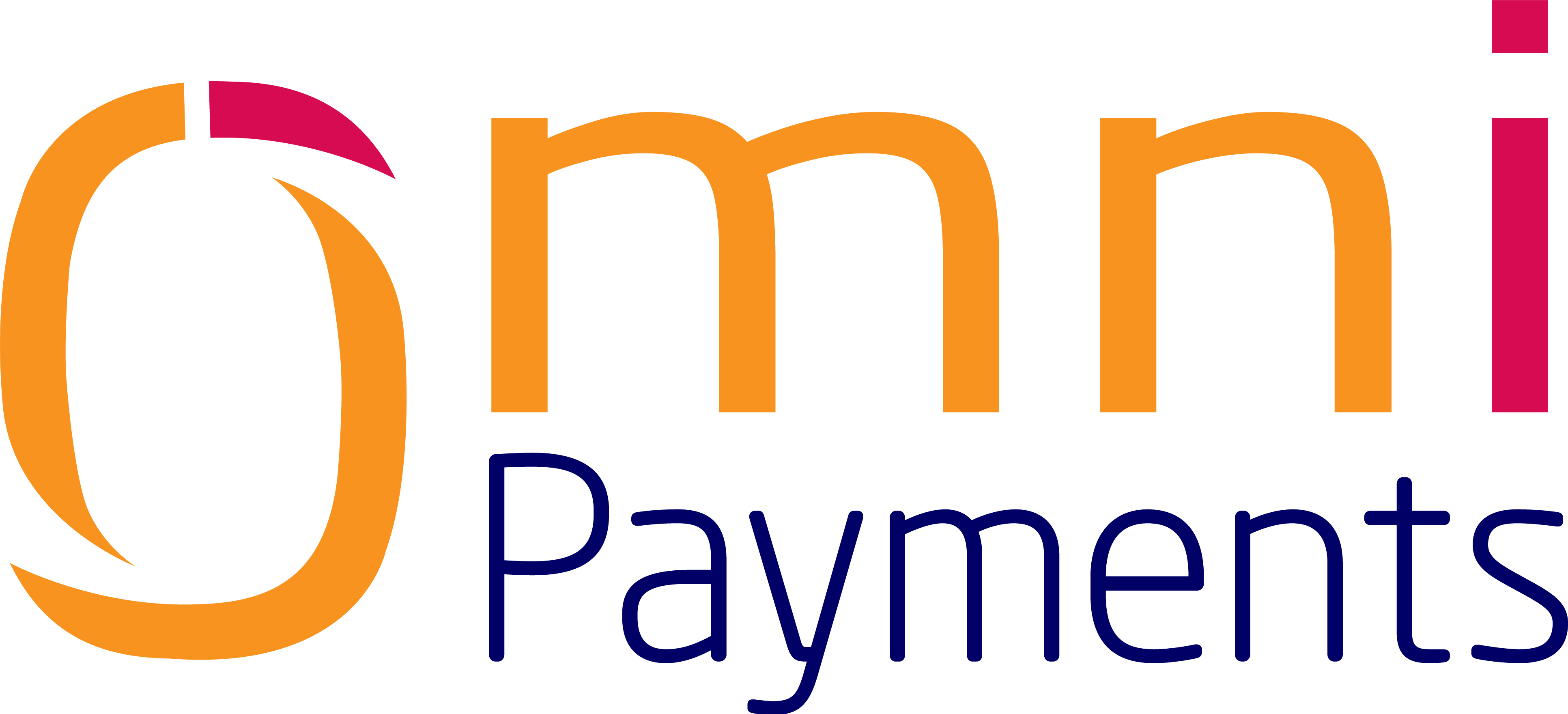The regulatory ground through which Third-Party Providers (TPPs) can receive customers’ consent for accessing financial data is redefining the relations of businesses and consumers with money.
Targeted at improving the generally accepted principles of innovation, Open Banking is expected to improve the efficiency of payment systems, increase security, and offer more diverse payment choices. But how does it affect the payment processing industry and what does it have in stock for business entities and customers?
The Rise of Open Banking
The development of Open Banking was initiated to increase competitiveness, market openness, and innovation in the financial market. The rules enable consumers to share their financial data with other third-party providers (TPPs) – usually via APIs – that let these TPPs offer solutions such as payment initiation, account information and personal finance management.
Technically, Open Banking enables a payment processor to establish a link between its customer and the bank, enabling immediate, cheaper, and less dependent transactions on third-party conventional middlemen. The most evident change from this transformation is the migration of people and businesses from using credit cards to direct debit payment systems, directly with banks and outside credit card networks and costs.
How Open Banking Transforms Payment Processing
There are various aspects through which Open Banking transforms payment processing. The following is a detailed explanation of those aspects:
1. Enhanced Payment Methods
Payment by card was dominant before Open Banking, with cards used online and in physical stores. However, Open Banking presents Account-to-Account (A2A) payments, allowing consumers to pay directly to another account from their bank accounts without using a credit or debit card. This shift strongly decreases the cost of payments for the companies and completely abolishes the payment intermediaries, including card networks. This also gives a new twist to the recurring payments or subscription model as well, which adds more flexibility and cost savings to the equation.
For businesses, the opportunity for A2A payment use means payment processing fee savings, short settlement times, and minimisation of chargebacks, which has always been an issue linked to card payments.
2. Improved Security
The biggest concern has always been in the security of payment processing. Open Banking specifies Strong Customer Authentication (SCA) requirements. In Open Banking, consumers can authorize transactions through multi-factor authentications, like fingerprints and the use of passwords, among other methods.
This step aligns with the current centralized efforts on the tokenization of payments, where instead of transmitting data such as card numbers, tokens are used. As a result, Open Banking reduces the opportunity for fraud by protecting consumers and businesses from exposure to their sensitive information during the transaction process.
3. Real-Time Payments
Something that makes Open Banking stand out is enabling real-time payments. Open banking payment solutions sever the role of conventional credit card payments that may take as much as 3- 5 days to clear, by settling transactions almost immediately. This has major effects on cash flows, particularly in those industries where confirmation of payment is important within a short time for instance the retail business, the health sector, and the logistics business, among others.
For consumers, the attribute of real-time payments is important because it allows the user to perform transactions faster than waiting for clearance. It also creates new possibilities for organisations’ business models, for example, instant credit or instant loans based on the real-time check of the balance and history of clients’ bank accounts.
4. Innovation and New Business Models
Some new payment solutions are Direct Bank Transfers (DBTs), mobile wallets, and payment initiation services, which have been made possible by Open Banking. These solutions help businesses tap into a wider range of solutions, thus allowing consumers to pay through sources such as digital wallets or mobile applications.
For instance, solutions such as Buy Now Pay Later (BNPL) can be embedded into the buyer journey, which allows consumers to pay gradually while businesses avoid high levels of fraud. Moreover, international financial transactions are also getting more integrated, depending on the ability to pay for orders directly from a bank account, rather than experiencing difficulties with Foreign Exchange charges or delays.
The Role of Payment Processors in the Open Banking Era
Payment processors remain critical to the growth of payment services in Open Banking as it transforms from a revolution in banking to digitally advanced payment services. Companies like OmniPayments are now paving the way for such revolution, providing companies with integrated solutions which are linked to both legacy card networks and Open Banking APIs.
OmniPayments brings together proven solid and safe electronic payment processing and cutting-edge Open Banking tools and solutions that can help any enterprise elevate customer satisfaction, facilitate its payment process, and save money. Multi-currency capabilities, instant payments, subscription billing, and fraud management as part of OmniPayments solutions are vital for success in the Open Banking ecology.
Conclusion
Open Banking is undeniably reshaping the payment processing landscape by offering enhanced security, improved payment options, and new opportunities for innovation. As businesses embrace these changes, the role of trusted payment processors like OmniPayments becomes even more crucial. Their robust platform allows businesses to integrate cutting-edge payment solutions while ensuring that transactions remain secure, fast, and cost-effective.
If you’re looking to stay ahead in the ever-evolving world of payment processing, OmniPayments offers the tools and expertise needed to unlock the full potential of Open Banking. With their comprehensive, adaptable payment solutions, you can enhance your customer experience, reduce transaction costs, and position your business for success in the digital economy. Reach out to OmniPayments today to explore how they can help you navigate the future of payments.






